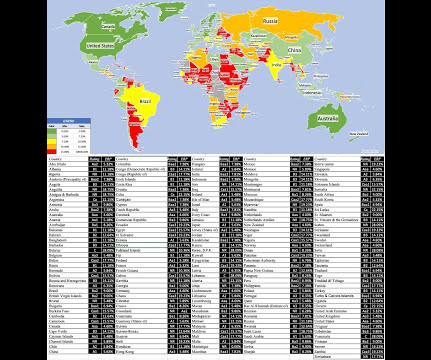Discount Rate—Explanation, Definition and Examples
Valutico
FEBRUARY 27, 2024
The WACC represents the overall cost of financing a company’s operations and is used to discount future cash flows to their present value. It represents the cost a company incurs to access funds through debt financing. It is the cost a company incurs for using equity capital to finance its operations and growth.











Let's personalize your content